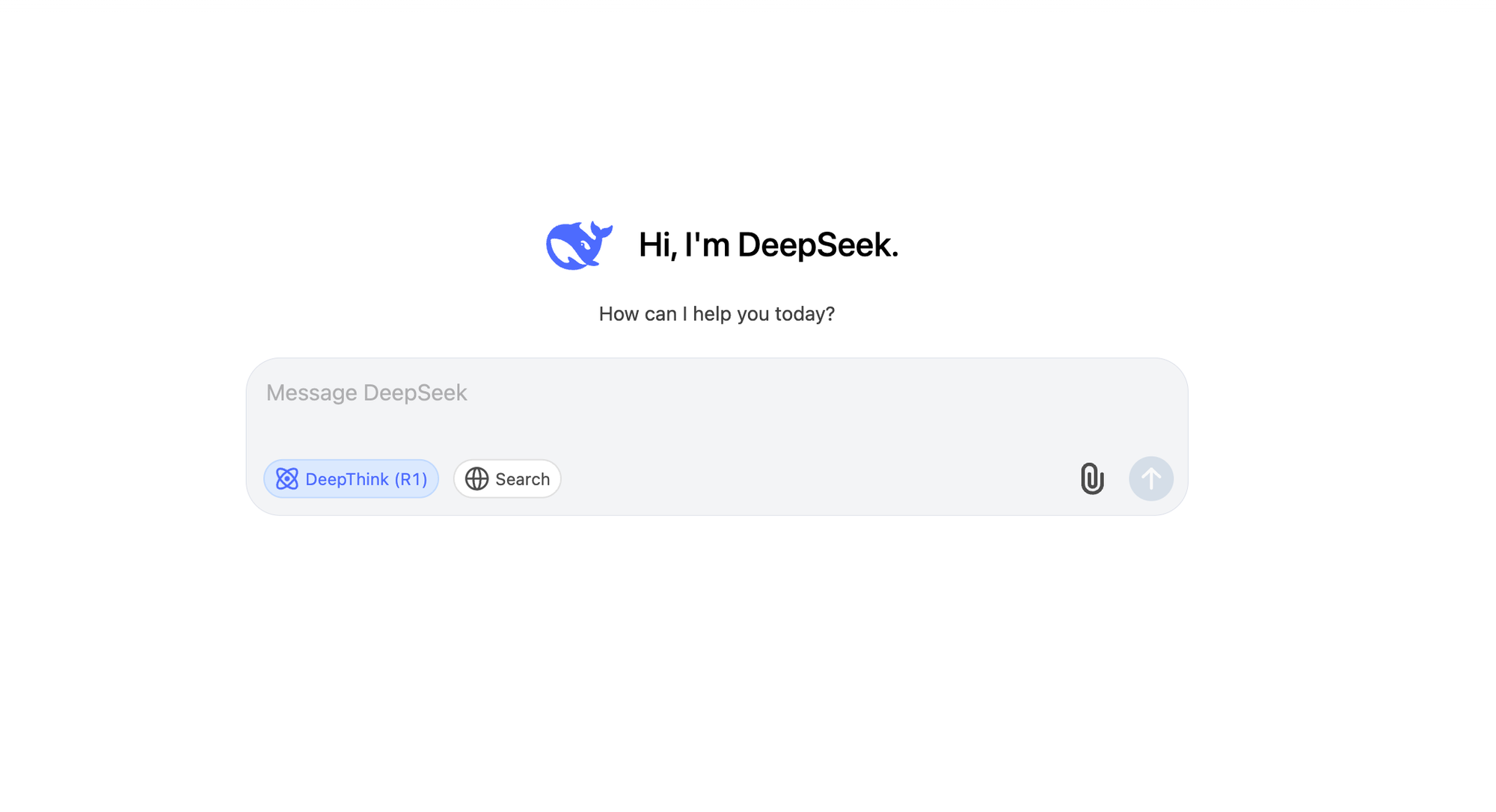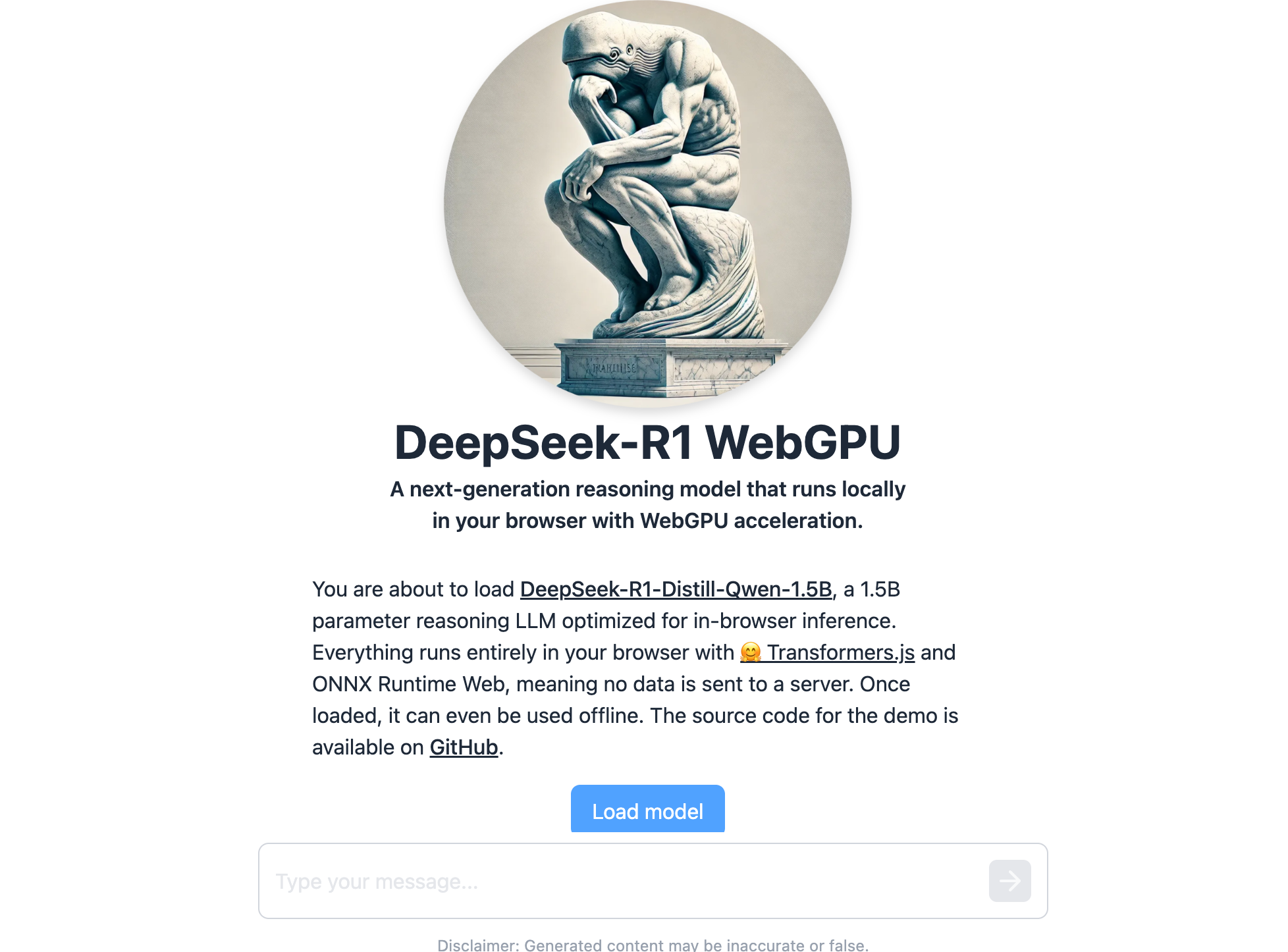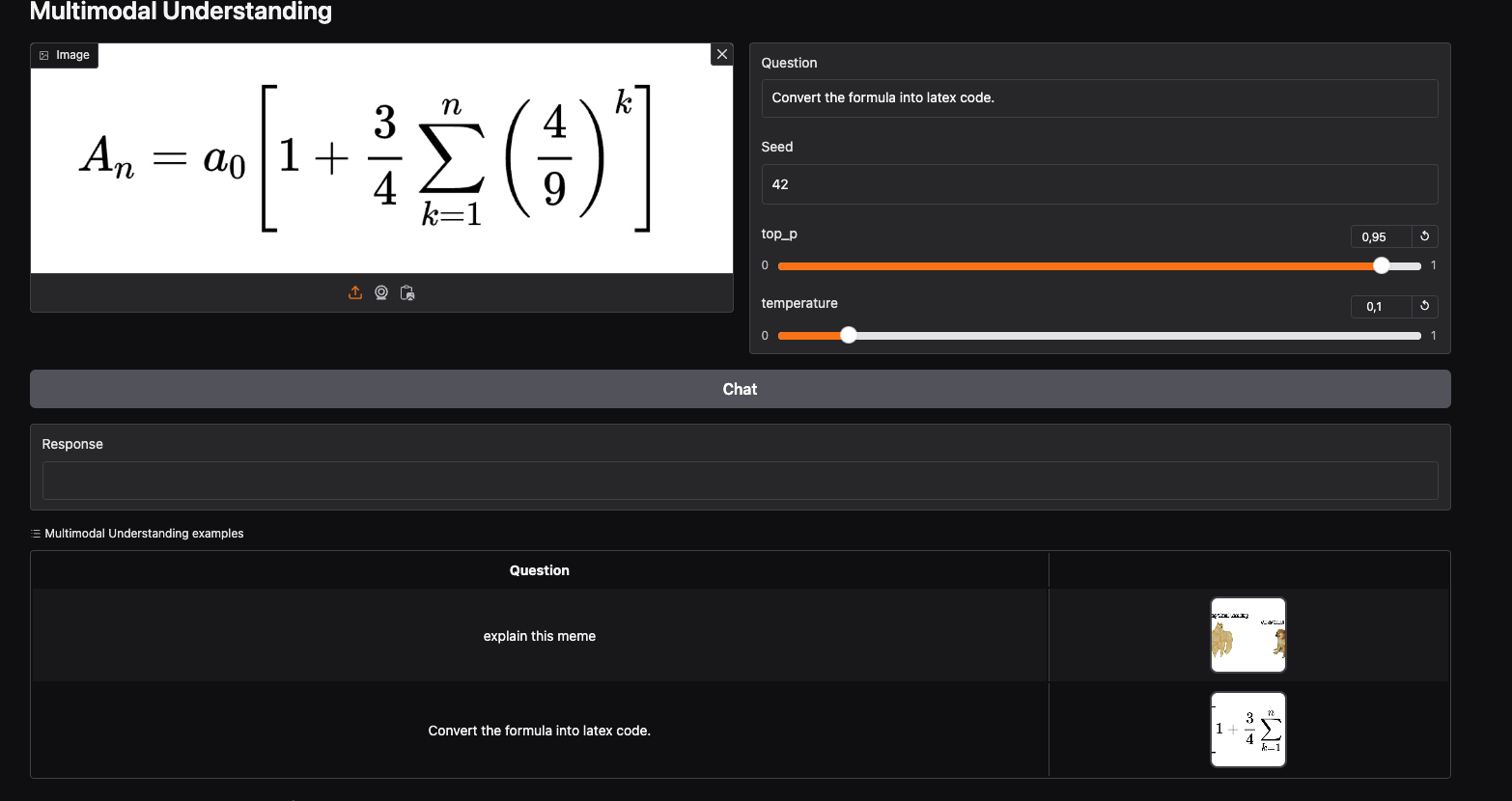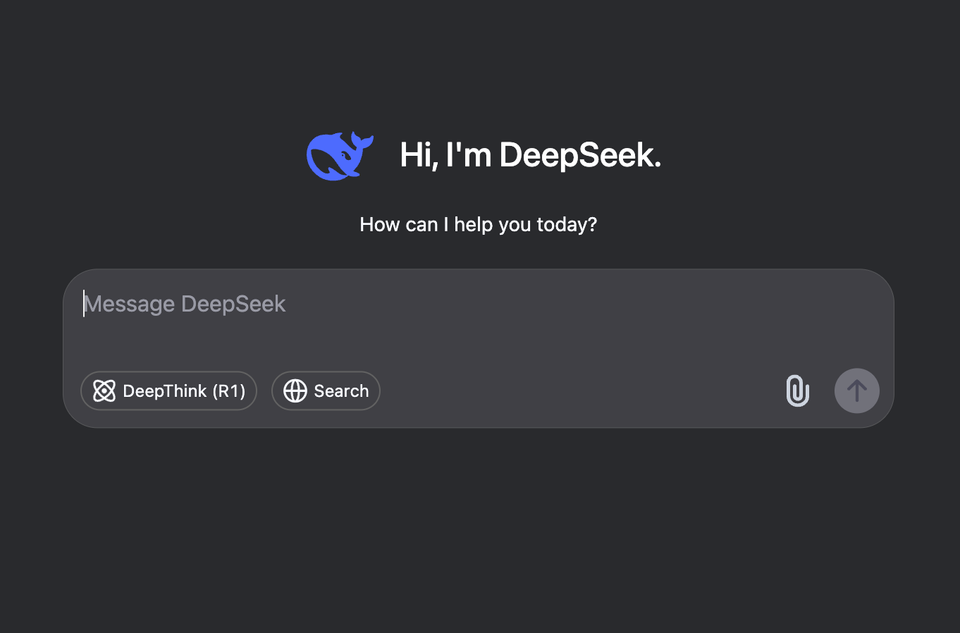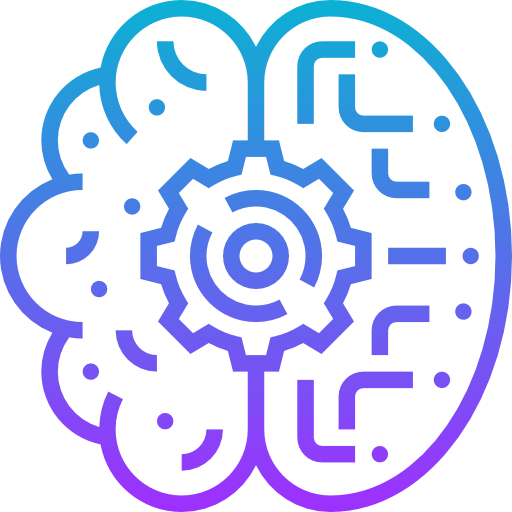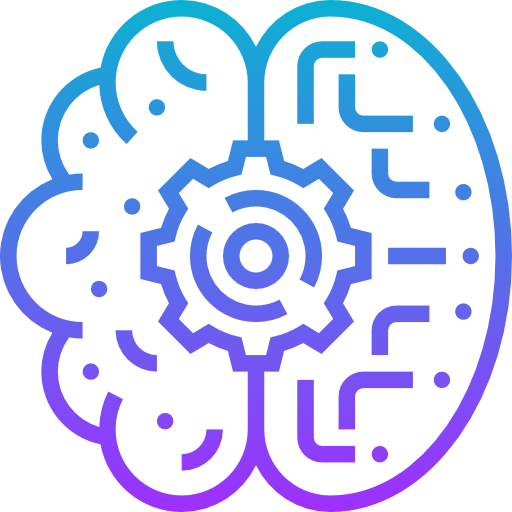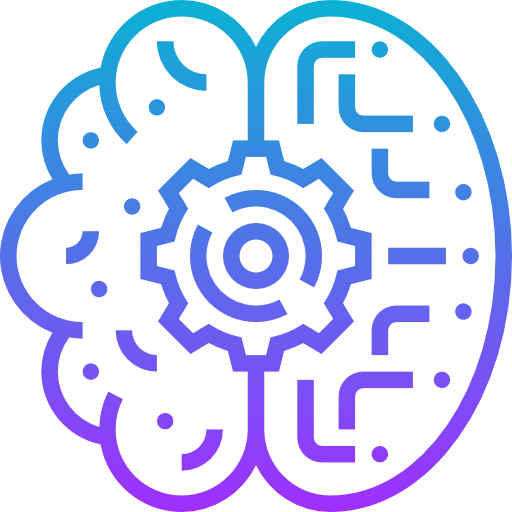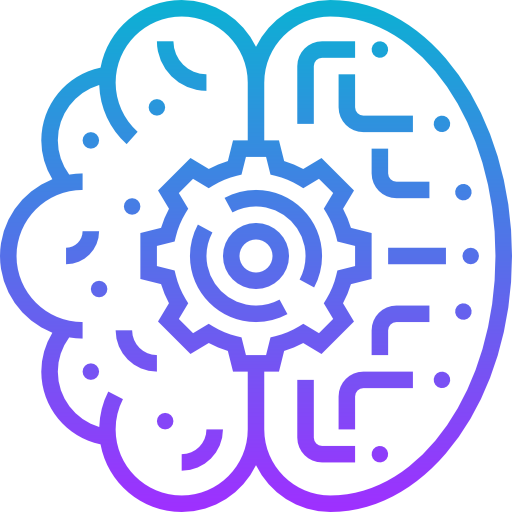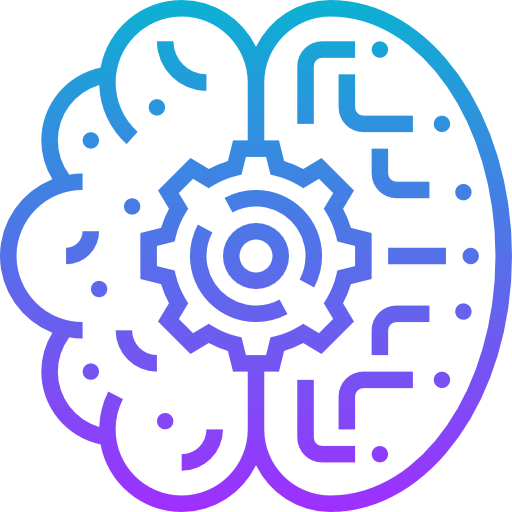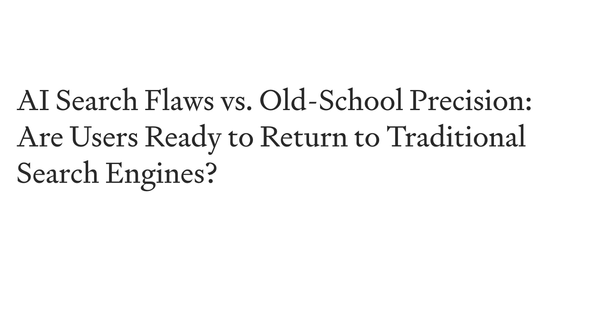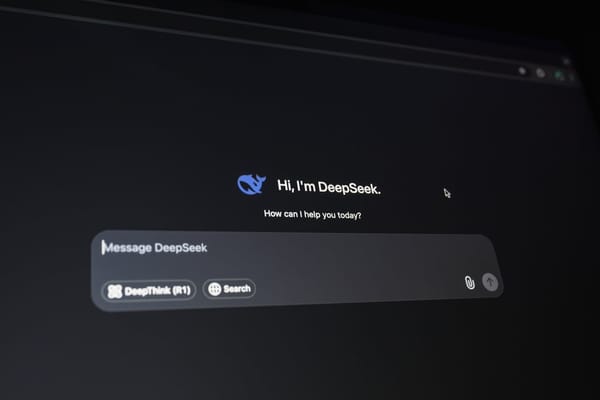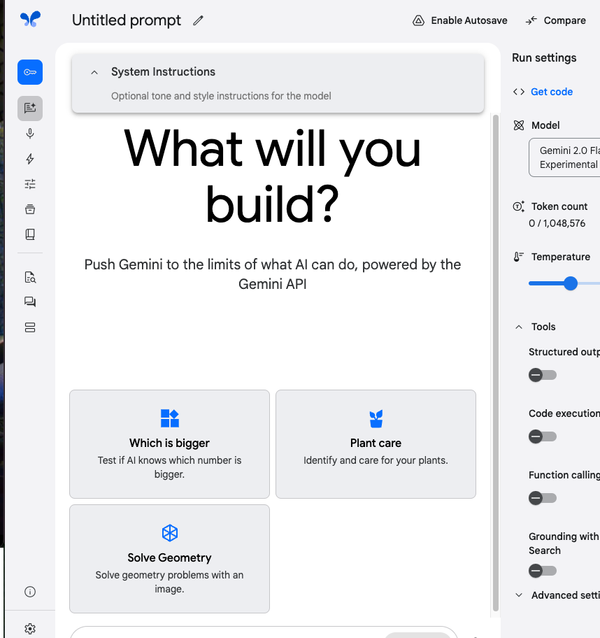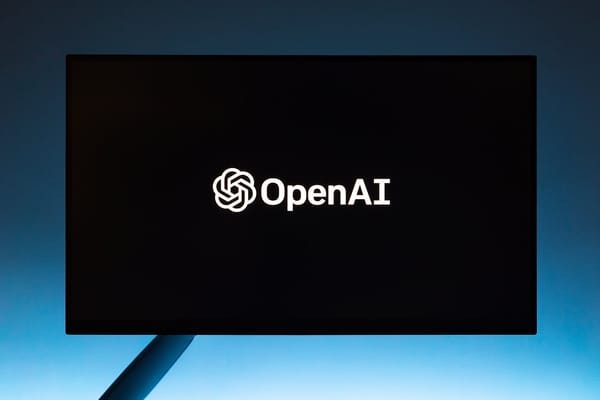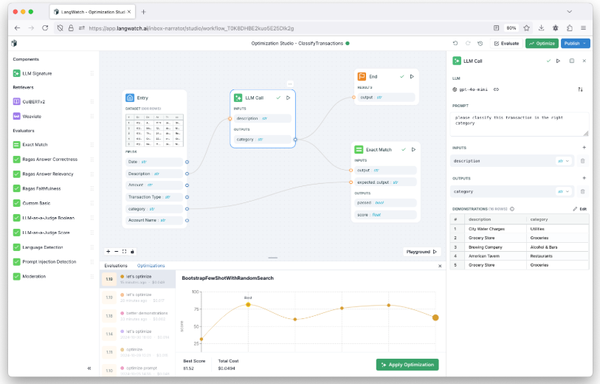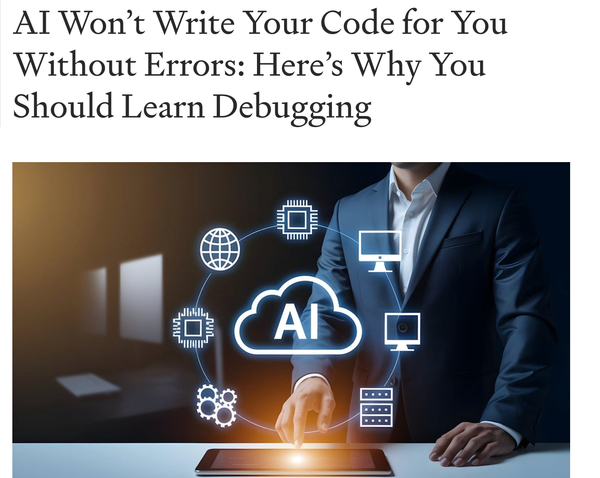DeepSeek R1 vs. DeepSeek V3: Why You Should Understand the Difference
Table of Content
Alright, so let me tell you a little story. I’m a doctor by education and a developer by practice, and I’ve spent a lot of time working with AI, both in healthcare and tech projects. Recently, I had this situation with a friend who’s also deep into AI.
The guy’s brilliant, but he didn’t quite get the difference between DeepSeek R1 and DeepSeek V3. At first, he was constantly comparing DeepSeek V3 to ChatGPT—like, seriously? It was a mess. The thing is, both these models are powerful, but they’re designed for completely different things.
If you don’t understand the key differences, it can lead to a lot of wasted time, frustration, and some pretty awful decisions.
So here’s the deal: Let’s break down these two models, and I’ll tell you why it’s so important to know which one to use and when.
Why You Really Need to Know the Difference:
1. The Wrong Model for the Job
I can’t tell you how many times I’ve seen people, including my friend, mix up these two models. DeepSeek V3 is fantastic for all kinds of general tasks. It’s built for speed and versatility—perfect for generating content, summarizing text, handling customer service, and tackling basic coding problems. But DeepSeek R1? That’s a whole different animal. It’s for reasoning—think of it like the brainy side of AI.
R1 can solve complex problems that require logic, math, and strategic thinking. My friend was trying to use V3 for these deep, multi-step reasoning tasks, and it just wasn’t cutting it. It’d be like using a hammer when you really need a scalpel.
If you don’t pick the right one, you’ll be left frustrated. Trust me, I’ve been there—thinking I can just use a general-purpose tool for everything and end up wasting a bunch of time.
2. Understanding Expectations
One of the biggest mistakes you can make is not understanding the expectations of the model you’re using. For instance, when my friend was trying to use DeepSeek V3 for advanced logic and math, he was expecting it to handle things like DeepSeek R1, but that’s just not what V3 is built for. V3 is awesome for generating text, automating responses, and even helping you with basic code. But when it comes to advanced problem-solving? You need R1. The difference is huge.
I’ll be honest here, my friend wasted a ton of time expecting one model to do the job of the other. I know he was frustrated, and I could totally relate—I've made that mistake too, especially when you're in the middle of a tight deadline and you just want things to work.
3. Cost and Efficiency
Let’s talk money. Whether you’re developing an app or working on a project, AI models are not free, and understanding the right model to use can save you a lot of resources. V3 is great for general tasks—it’s cost-efficient and scales well. You can throw it at pretty much anything from content creation to customer support, and it’ll handle it fine. But when you need R1 for those intense reasoning tasks, be prepared for a heavier lift.
It’s not cheap, and it’s not going to be as quick as V3 for general things.
I’m no stranger to tight budgets—whether in healthcare or tech, you always need to be smart about where you spend. DeepSeek V3 is your budget-friendly option for those simple tasks. R1, on the other hand, is a bit of a luxury when it comes to reasoning-heavy work.
4. Reasoning: What Does It Actually Mean?
So here’s the thing: when we talk about reasoning, it’s not just about answering questions. It’s about problem-solving in a logical, sometimes multi-step process. Think of it like this: when a doctor diagnoses a patient, it’s not just about one symptom.
You have to connect a lot of dots—gather facts, evaluate them, and come to a conclusion. That’s reasoning.
DeepSeek R1 doesn’t just spit out facts—it connects the dots. It takes on tasks that require thinking through multiple steps, like solving a complex math problem or figuring out a sequence of actions based on multiple inputs. It’s like having a supercharged brain that doesn’t just answer questions but actively works through problems.
V3 is still smart, but it’s more about retrieving and generating info—like an efficient assistant that can answer questions but doesn’t necessarily analyze or solve complex scenarios.
5. Optimizing Your Workflow
I don’t know about you, but I’ve got a lot on my plate. Whether I’m working on a tech project or helping someone navigate healthcare, time is always in short supply. If you’re using the wrong model for the job, you’re wasting both time and energy. When you understand the difference between these two models, you can make smarter decisions about which one to use, leading to faster results and fewer headaches.
Honestly, I’ve seen this play out so many times—people using the wrong model for the task at hand and then spending hours or days on something that could’ve been solved in minutes with the right tool.
What I’ve Learned!
Let me just say this: understanding the difference between DeepSeek R1 and V3 is crucial for getting the most out of AI. I’ve spent years working with tech and healthcare, and I know firsthand how important it is to pick the right tool for the job. Just because two models sound similar doesn’t mean they can do the same things. And it’s not just a tech issue—it’s about optimizing your workflow, whether you’re coding, diagnosing, or solving complex problems.
My friend eventually got it, but only after a lot of frustration. He was trying to use V3 in ways it wasn’t designed to be used. And trust me, that’s a mistake I’ve made before too—thinking an AI model could do everything, only to realize I should’ve picked the other one. Once he understood the purpose of each model, everything clicked. V3 for general stuff, R1 for reasoning-heavy tasks.
So, if you’re reading this and you’re in the same boat—don’t make the same mistake! Understand what each model can do and use them accordingly. It’ll save you a ton of time and probably some sanity too.
Final Thoughts
AI is a game-changer. But it only works if you use the right tool for the job. So next time you’re deciding between DeepSeek R1 and V3, take a second to really think about what you’re trying to accomplish. Are you creating content or automating tasks? Go for V3. Are you solving complex problems or tackling math? R1’s your best bet.
Trust me, understanding these differences is the key to unlocking the full potential of AI.
Interested in Reading More?
